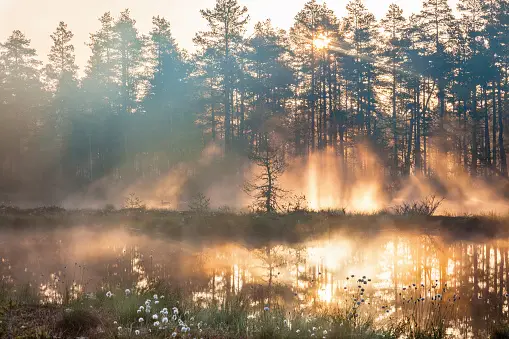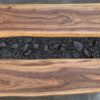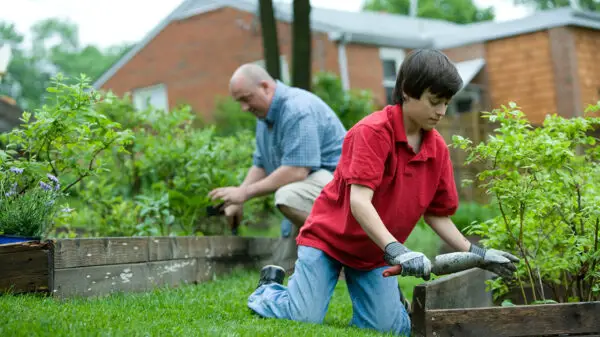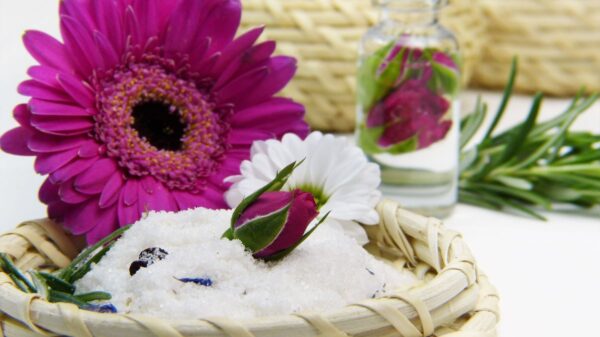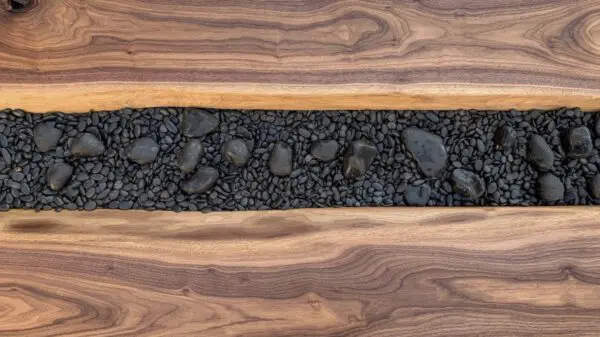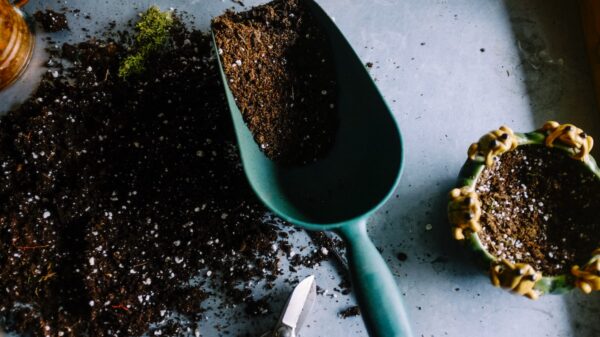The Beautiful Bog…Garden
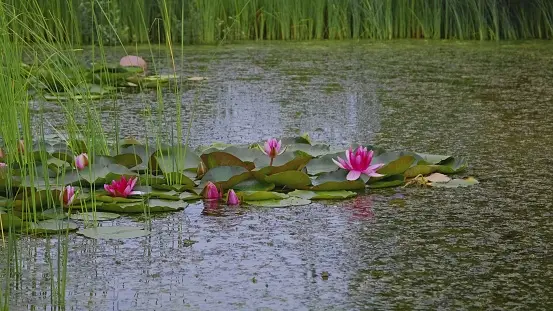
Bog gardens, often overlooked gems in the world of gardening and landscaping, offer a unique blend of beauty and environmental benefits. These waterlogged ecosystems, characterized by acidic, nutrient-poor soils and abundant moisture-loving plants, provide a haven for biodiversity while also serving as an aesthetic and sustainable addition to any garden.
Understanding Bog Gardens
What Are Bog Gardens?
Bog gardens, also known as wetland gardens or water gardens, are carefully cultivated areas designed to mimic natural wetlands. They are characterized by their perpetually damp or waterlogged conditions, making them an ideal habitat for plants and wildlife adapted to such environments.
Key Features of Bog Gardens
Bog gardens typically exhibit the following features:
- Waterlogged Soil: Bog gardens have soil with a high water table, which results in consistently moist conditions. The water is often slightly acidic due to the decomposition of organic matter.
- Unique Plant Selection: These gardens showcase a diverse array of plants specially adapted to waterlogged conditions. Examples include carnivorous plants like sundews and pitcher plants, as well as stunning bog flowers such as marsh marigolds and bog bean.
- Low Nutrient Levels: The nutrient levels in bog garden soils are low, which encourages the growth of specialized plants that thrive in nutrient-poor environments.
- Wildlife Attraction: Bog gardens are havens for wildlife, attracting insects, amphibians, and even birds, which are drawn to the abundant insect life.
When Did They Come About?
The concept of bog gardens has been around for centuries, with their origins dating back to various cultures and regions. However, it’s essential to note that bog gardens evolved over time, with different cultures and gardening practices influencing their development.
Ancient History
In ancient civilizations such as those in Egypt, Greece, and Rome, there is evidence of water gardens and wetland cultivation. These early examples may not have been bog gardens in the modern sense but did involve water features and aquatic plants.
Victorian Era (19th Century)
The Victorian era in England marked a significant period for the development of formal gardens, and during this time, the idea of creating artificial bog and water gardens gained popularity. Garden designers and enthusiasts began to experiment with recreating natural wetland environments, complete with a variety of moisture-loving plants, including carnivorous plants like Venus flytraps.
Early 20th Century
The establishment of specialized plant nurseries and botanical gardens played a crucial role in the spread of interest in bog gardening. These institutions collected, cultivated, and showcased a wide array of plant species, including those suited for bog environments.
Modern Revival
Bog gardening experienced a resurgence in popularity during the late 20th and early 21st centuries. Gardeners, botanists, and conservationists recognized the ecological importance of wetland habitats and the unique beauty of bog plants. This revival led to a renewed interest in creating bog gardens, both for their aesthetic appeal and their role in supporting biodiversity and conservation efforts.
The Beauty of Bog Gardens
Aesthetic Appeal
Bog gardens are not just functional ecosystems; they are also visually stunning. The unique combination of vibrant colors, unusual plant forms, and the reflective quality of water creates a captivating and tranquil atmosphere. Many gardeners find that the striking appearance of bog gardens adds a unique dimension to their landscapes.
Year-Round Interest
One of the advantages of bog gardens is their year-round appeal. Many bog plants display a succession of blooms from early spring through late summer, ensuring that there is always something of interest to admire. Additionally, some species offer colorful foliage, adding visual interest even when they are not in bloom.
Attracting Pollinators
Bog gardens attract a wide variety of pollinators, including bees, butterflies, and hoverflies. By incorporating these gardens into your landscape, you can support pollinator populations, contributing to the health of local ecosystems.
The Environmental Importance of Bog Gardens
Biodiversity Hotspots
Bog gardens are biodiversity hotspots. They provide habitat and sustenance for a plethora of species, including rare and endangered plants and animals. The unique conditions of these gardens make them essential for the conservation of wetland species.
Carbon Storage
Wetlands, including bog gardens, are vital in the fight against climate change. They act as carbon sinks, sequestering large amounts of carbon dioxide from the atmosphere. By cultivating bog gardens, gardeners can contribute to carbon storage and help combat global warming.
Water Filtration
Bog gardens are natural water filters. The plants and soil in these gardens purify rainwater as it passes through, removing pollutants and improving water quality. This function is crucial in urban areas where runoff can carry pollutants into nearby water bodies.
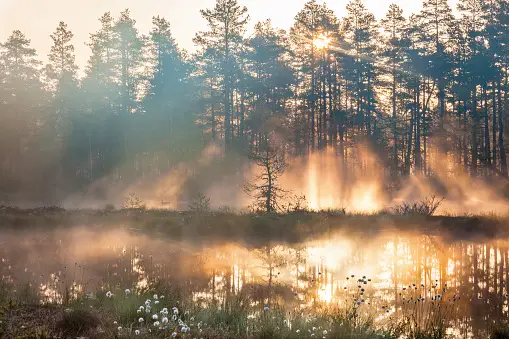
How to Create a Bog Garden
Site Selection
Choosing the right location for your bog garden is crucial. It should receive at least partial sunlight, as most bog plants require light to thrive. Additionally, ensure that the chosen site has a water source nearby to maintain the desired moisture level.
Soil Preparation
Bog garden soil should be acidic, with a pH level between 4.5 and 6.0. You can achieve this by amending the soil with sphagnum peat moss, pine needles, or a specialized bog soil mix. The soil should also be consistently moist, but not waterlogged.
Plant Selection
Select plants that are well-suited to bog conditions. For diversity, consider incorporating a mix of carnivorous plants, colorful flowers, and foliage plants. Some popular choices include Venus flytraps, Sarracenia pitcher plants, and bog irises.
Maintenance
Bog gardens require regular maintenance to ensure their continued health and beauty. Tasks may include keeping the water level consistent, removing invasive plants, and dividing or replanting overgrown specimens.
Using Carnivorous Plants
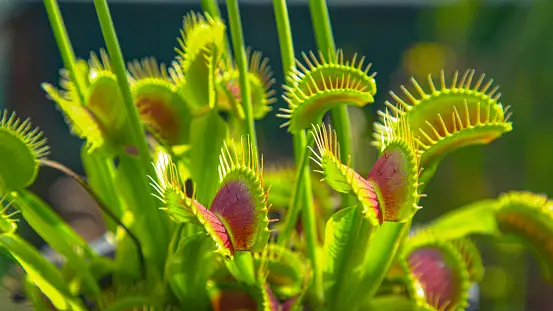
Carnivorous plants can be valuable additions to your bog garden for several reasons, as they offer unique benefits beyond their striking appearance. Here’s how carnivorous plants can help enhance your bog garden:
Pest Control
Carnivorous plants primarily feed on insects and other small invertebrates. By doing so, they can help control populations of pests like flies, mosquitoes, and gnats in your bog garden, reducing the need for chemical insecticides.
Ecological Balance
Carnivorous plants play a role in maintaining the ecological balance of your bog garden. By preying on insects, they become part of the garden’s food web, contributing to the overall health and stability of the ecosystem.
Nutrient Recycling
In nutrient-poor bog garden soils, carnivorous plants serve as efficient nutrient recyclers. They capture and digest insects, absorbing valuable nutrients like nitrogen and phosphorus from their prey. This nutrient uptake can help maintain the unique, nutrient-poor conditions of a bog garden.
Aesthetic Appeal
Carnivorous plants are often prized for their intriguing forms and striking colors, which can add a captivating and visually appealing element to your bog garden. Species like Venus flytraps and pitcher plants have distinctive shapes and vibrant hues that make them stand out.
Educational Value
Carnivorous plants can serve as educational tools, providing opportunities for learning about specialized adaptations in plants and the intricacies of carnivory in the plant kingdom. They can be particularly engaging for children and those interested in botany.
Biodiversity
Incorporating carnivorous plants into your bog garden can enhance its biodiversity. These plants attract various insects and arthropods, in turn attracting a wider range of wildlife, such as birds and amphibians, that feed on these insects. This creates a more dynamic and diverse ecosystem.
Conservation
Many carnivorous plant species are threatened or endangered in the wild due to habitat loss and over-collection. By cultivating these plants in your bog garden, you can contribute to their conservation and help ensure their survival.
A Small Garden Haven
Carnivorous plants bring a fascinating and multifaceted dimension to your bog garden. Beyond their captivating appearance, they offer a range of practical benefits that can enhance your garden’s overall health and appeal. From acting as natural pest controllers to contributing to nutrient recycling and biodiversity, these unique plants are valuable allies in your efforts to create and maintain a thriving bog garden.
Moreover, cultivating carnivorous plants in your garden can be an educational and conservation-oriented endeavor. They provide opportunities for learning about the intricacies of plant adaptations and the importance of conserving these remarkable species, many of which are threatened in their native habitats.
As you incorporate carnivorous plants into your bog garden, remember to select species that are suited to your climate and growing conditions. Providing the right care, including the appropriate soil mix, moisture levels, and feeding practices, will ensure the success of these intriguing and beneficial botanical inhabitants.
In the end, by welcoming carnivorous plants into your bog garden, you elevate its aesthetics and contribute to its ecological vitality, making your garden a true testament to the wonders of nature. So, embrace the allure of these captivating plants and watch as they enrich the beauty and ecological balance of your bog garden for years to come.


